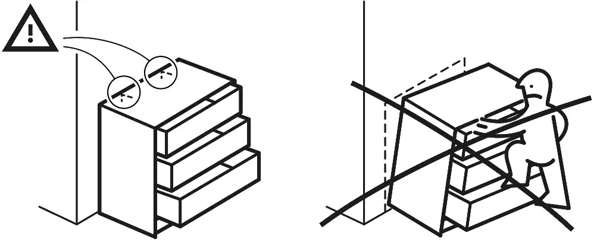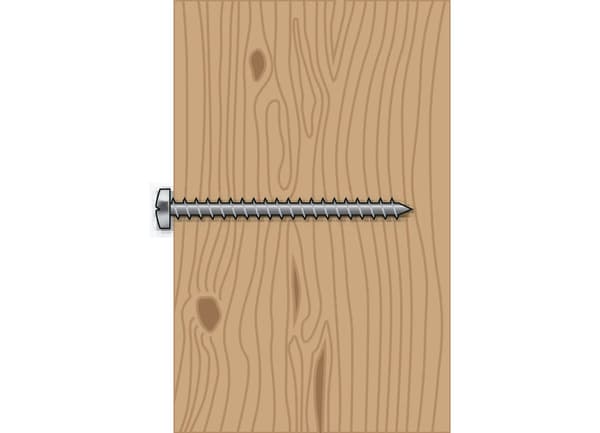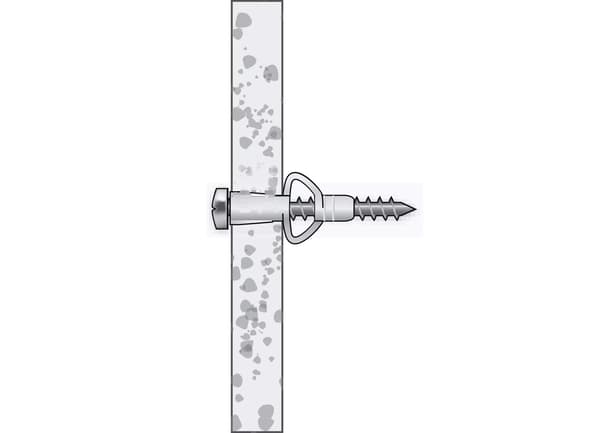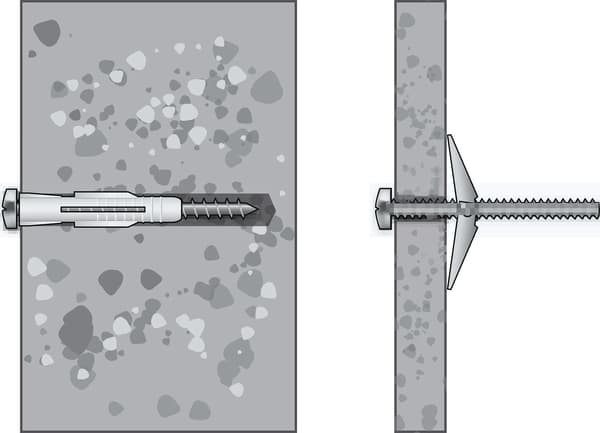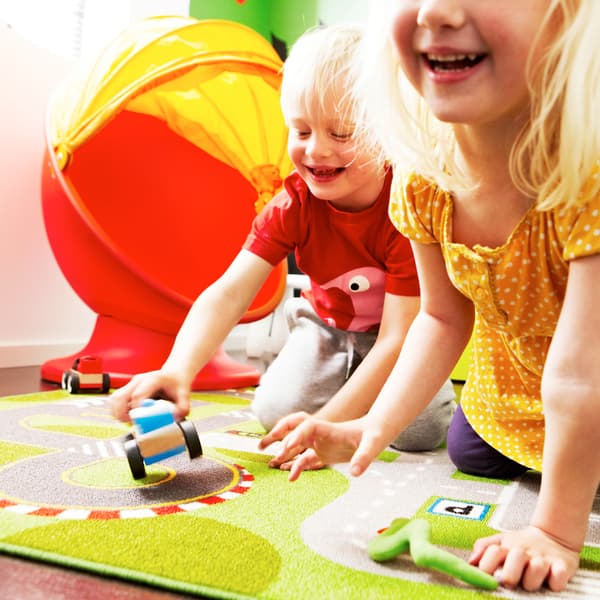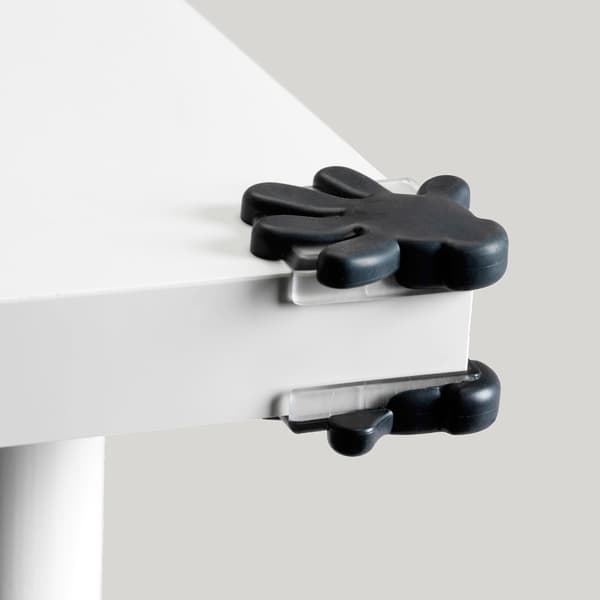Secure it!
CREATING SAFER HOMES TOGETHER
We all want our homes to be safe and secure. By working together, we can reduce the risk of accidents.
We all want our homes to be safe and secure. Because accidents can put children in harm’s way. Happily, they can be prevented to make our home and garden as safe as can be.
Securing furniture to the wall is the best way to help prevent it from tipping over. IKEA urges customers to ensure their IKEA chests of drawers and dressers are securely fixed to the wall with the supplied restraints.
You can order a replacement restraint kit (article number 326949) to secure your IKEA furniture here. Still got a question? Contact us!

Stop your furniture from tipping over
- Secure it! Furniture must be securely fixed to the wall. Use the tip-over restraint supplied with the product with the appropriate fixing materials for your wall type. Read our wall anchoring guide for more information and tips.
- Never place a TV or other heavy objects on a chest of drawers or other furniture not intended for TVs.
- Place heavy objects in the lower drawers.
- Never let children climb or hang on drawers, doors or shelves.
Secure it! Wall anchoring guide
FURNITURE MUST BE SECURELY FIXED TO THE WALL.
What screws and plugs you need to secure furniture to the wall depends on what your wall is made of. If you don’t see your wall material below or you’re not sure, go to your local home improvement store for advice.
Tip-over prevention: what you need

